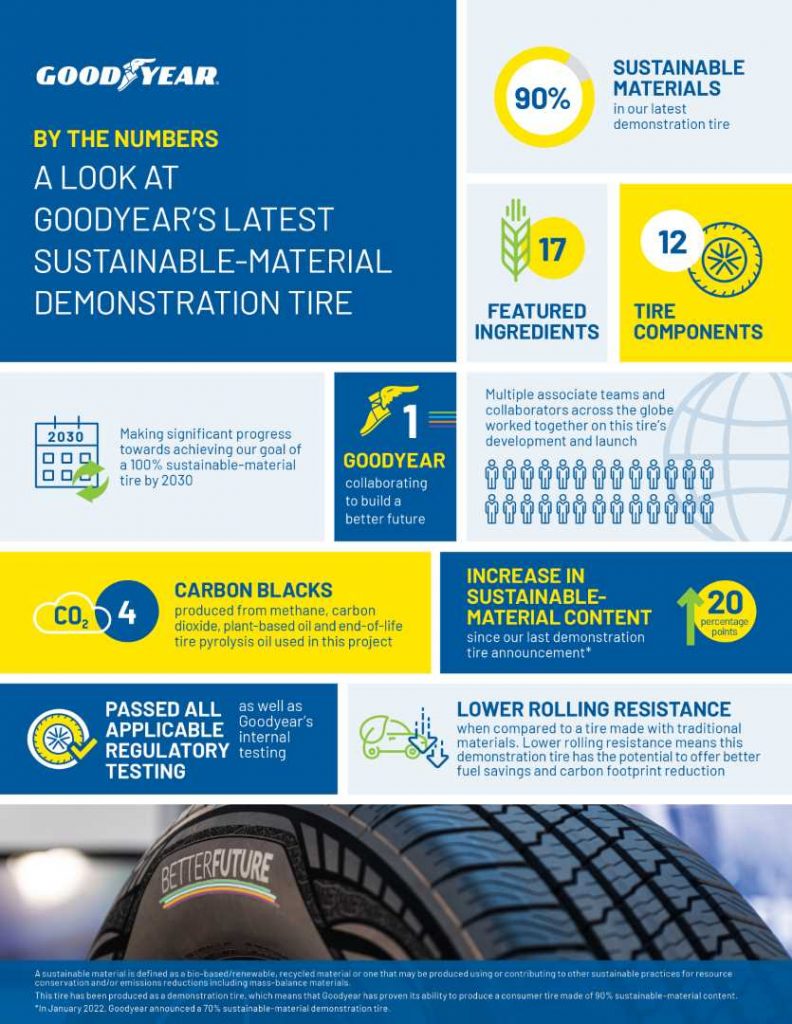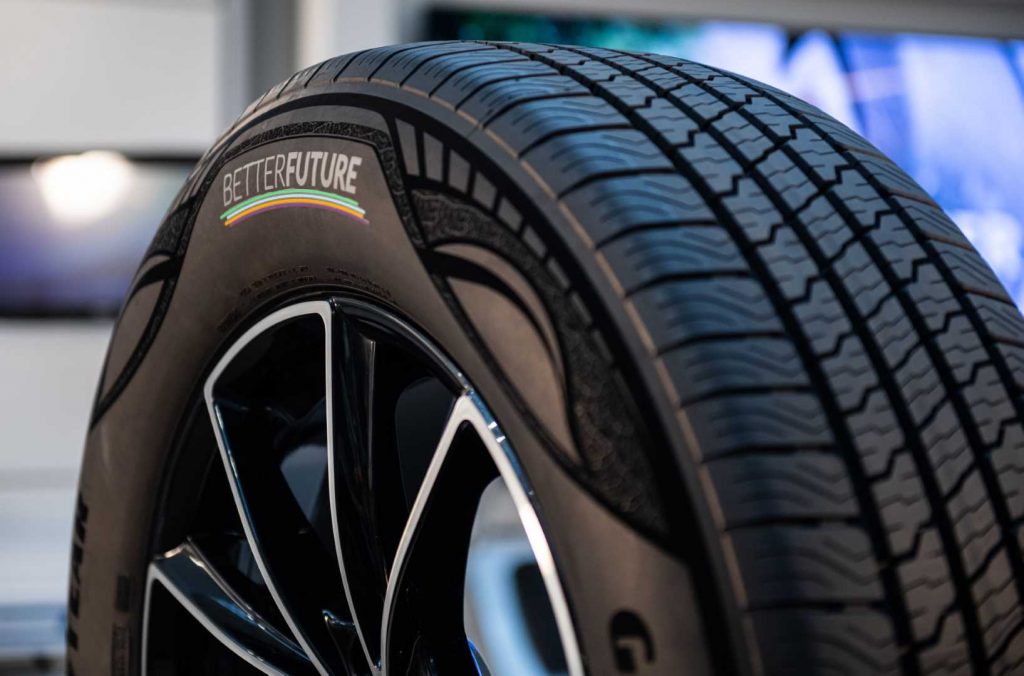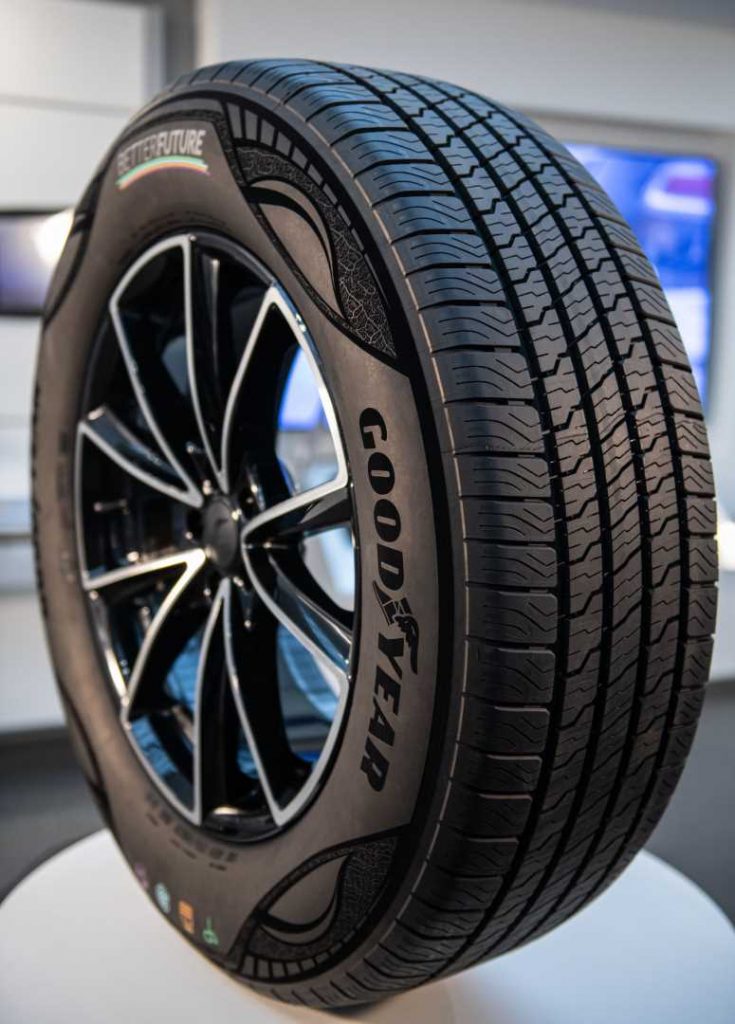The Goodyear Tire & Rubber Company recently unveiled a demonstration tyre that’s comprised of 90% sustainable materials.
The demonstration tyre is said to have passed all applicable regulatory testing as well as Goodyear’s internal testing and was also found to possess lower rolling resistance when compared to the reference tyre, made with traditional materials.
Lower rolling resistance translates to better fuel savings and a reduction in carbon footprint.
Additionally, the US-based tyre maker now plans to sell a tyre with up to 70% sustainable-material content in 2023.
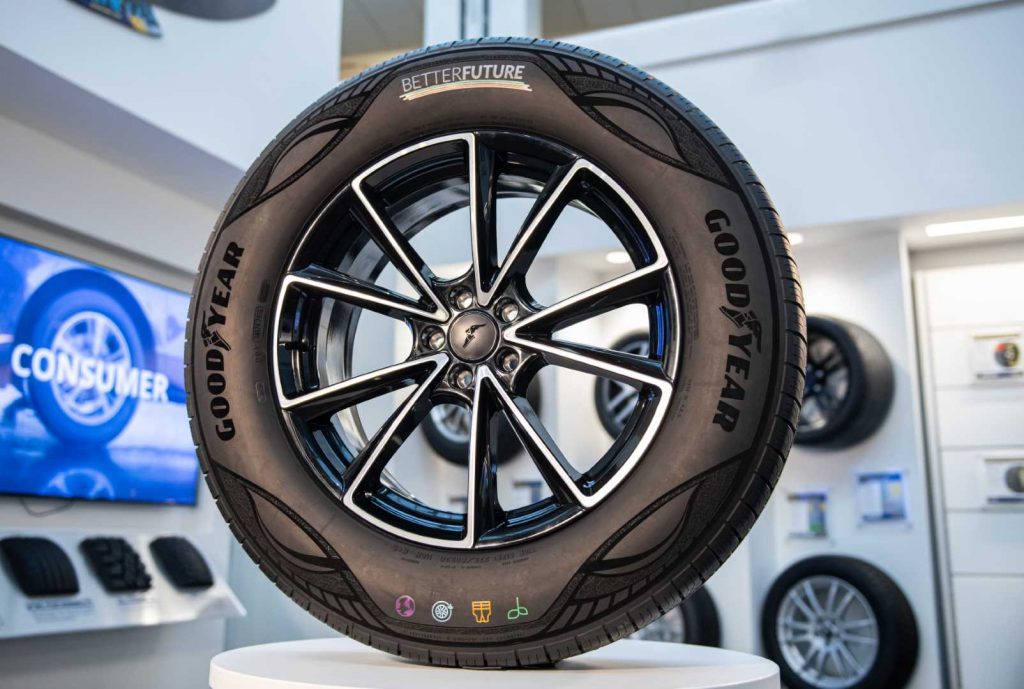
The company is currently furthering their collaborative efforts with its supply base to identify the scale necessary for these innovative materials to help produce that specific tyre in high volumes.
The 90% sustainable-material demonstration tyre includes 17 featured ingredients across 12 different components, including carbon black that’s used for compound reinforcement and increased durability.
Soybean oil is also used to help keep the tyre’s rubber compound pliable in changing temperatures along with rice husk waste-derived silica (RHA silica), polyester from recycled post-consumer bottles and bio-renewable pine tree resins.
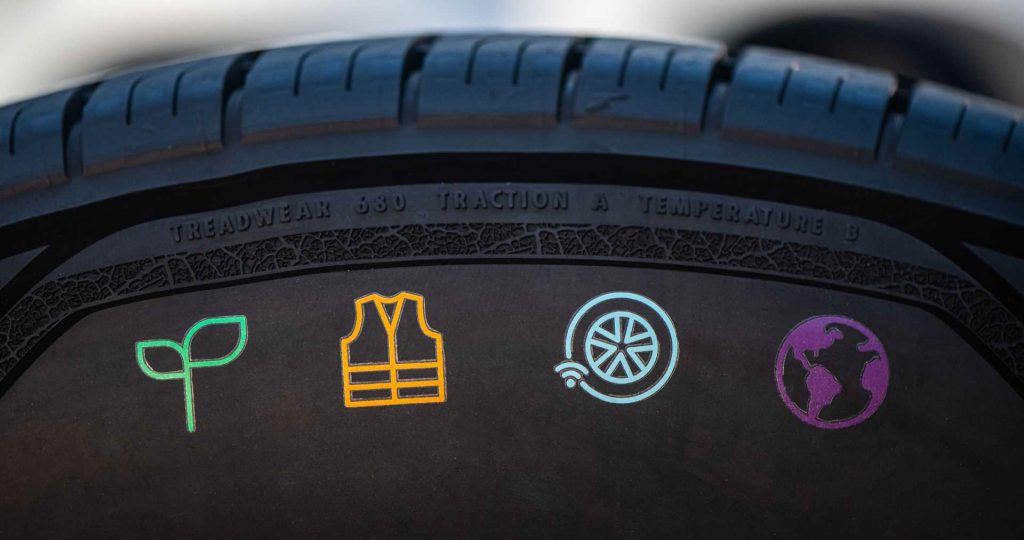
The tyre’s bead wire and steel cords are derived from high-recycled content steel produced using an electric arc furnace (EAF) process. This helps to provide structural reinforcement for radial tyres.
Lastly, ISCC-certified mass balance polymers derived from bio- and bio-circular feedstock are also used.
The shift to sustainable materials is evident in some of Goodyear’s current product lines.
Today, eight product lines, and some racing tyres, include the use of soybean oil.
Furthermore, the company has doubled its use of RHA silica in its product lines since 2018.
“We continue to make progress toward our goal of introducing the first 100% sustainable-material tyre in the industry by 2030,” said senior global operations vice president and chief technology officer Chris Helsel.
“The past year was a pivotal one toward achieving this goal. We researched new technologies, identified opportunities for further collaboration and utilised our team’s tenacity to not only demonstrate our capabilities to produce a 90% sustainable-material tyre, but to also produce a tyre with up to 70% sustainable-material content this year. Our team continues to showcase its innovation and commitment to building a better future,” added Helsel.
